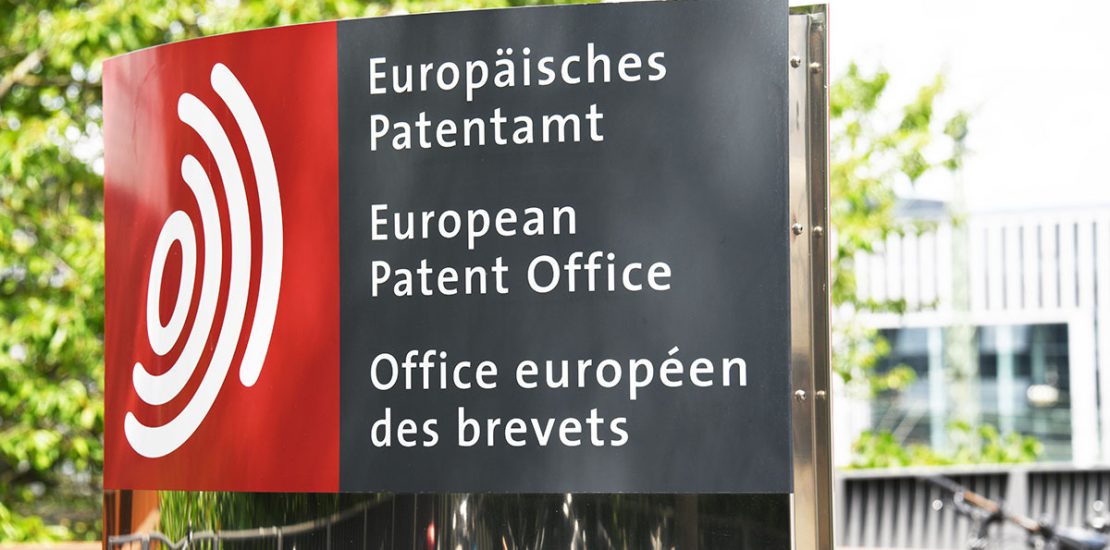- 8 September 2023
- Posted by: inmentor
- Category: blog

It has been a tortuous path but finally, the new system for patent protection and enforcement in Europe has arrived. Starting 1 June 2023, the Unitary Patent (UP) has brought new options for patent proprietors to protect their inventions and enforce their rights in Europe.
This new system implies that users of the Unitary Patent can apply for a single patent through a single procedure, subject to a single renewal fee in a single currency, and litigate under a single legal system before the Unified Patent Court (UPC).
Under the pre-existing patent system, before the implementation of the Unitary Patent, the patent titleholders could have their right centrally granted before the European Patent Office (EPO), however, they had to go through a validation process in each jurisdiction where they sought protection in order to produce separate individual national patent rights.
This resulted in multiple separate rights enforceable in each jurisdiction before each national court which amounted to a high administrative burden and considerable costs.
With the unitary patent system, titleholders have more options for protection in Europe and can choose which system is adequate and more suited for their needs. The European Patent system is still in place and can still be an option, as is the unitary patent, or even a combination of both systems can be elected.
The requirements for obtaining a Unitary Patent are: (i) the grant date of the European patent is after the UP system started; (ii) the European patent designates all Participating Member States of the UP system; (iii) the granted claims are the same for all Participating Member States.
A Unitary Patent can be obtained by filing a “request for unitary effect” at the European Patent Office within one month of the date of grant of the European patent. This contrasts with the current three-month deadline for completing national validations.
Concerning the enforcement of their rights, titleholders can also choose to resolve their CONFLICTS before one single court, that is, the Unified Patent Court.
The Unified Patent Court is an international court for the settlement of disputes relating to both the EP system and the UP.
It is a new judicial system separate from the national courts with 17 member states participating (Austria, Belgium, Bulgaria, Denmark, Estonia, Finland, France, Germany, Italy, Latvia, Lithuania, Luxembourg, Malta, the Netherlands, Portugal, Slovenia and Sweden; and eight additional signatory EU member states expected to participate in the future (Ireland, Czech Republic, Slovakia, Hungary, Romania, Greece, Cyprus).
Currently, the European countries that will not be participating in the Unified Patent Court are Spain, Croatia, and Poland.
The Unified Patent Court is optional, however, the default position is the UPC’s competence over nationally validated European Patents. As stated before, this system is not mandatory and patent holders have also the possibility to opt-out for a transitional period of at least 7 years, where their nationally validated EP patents can be excluded from the jurisdiction of the UPC.
The opt-out option is a declaration filed by the patent holder. Therefore, once opted out, invalidity and infringement proceedings relating to the EP will only be able to be brought in the national courts.
Nevertheless, the opt-out can be withdrawn up to one month before the end of the transitional period, that is, 7 from the start of the Unified Patent Court. Importantly, only the pre-existing patent system of the European Patent can be opted out of the jurisdiction of the Unified Patent Court. It is not possible to opt out of a Unitary Patent from the jurisdiction of the Unified Patent Court. Unitary Patents always fall under the exclusive jurisdiction of the UPC by definition.
The structure of this Court is divided into the first instance, a Court of Appeal and a registry. The First instance is in itself divided into three parts: the Central Division, the Local Division and the Regional Divisions. The Central Division in turn is split into three parts, one in Paris, France, another one in Munich, Germany and an additional one that is expected to be opened in Milan, Italy during 2024.
There have been some doubts as to the success of this new system and detractors have said that is it not a genuinely “unitary” patent, as it is mostly built outside of EU law and EU institutions by treaties concluded by certain Member States. It has also been held that it is a system of great complexity, hazardous in terms of its harmonization objective and whose viability (due to a risk of incompatibility with the European treaties) is not guaranteed.
Regardless of the different opinions, the reality is that its implementation on 1 June 2023 is very recent, and its journey has been short. It has created a lot of expectations and we will have to wait to see its effects.

